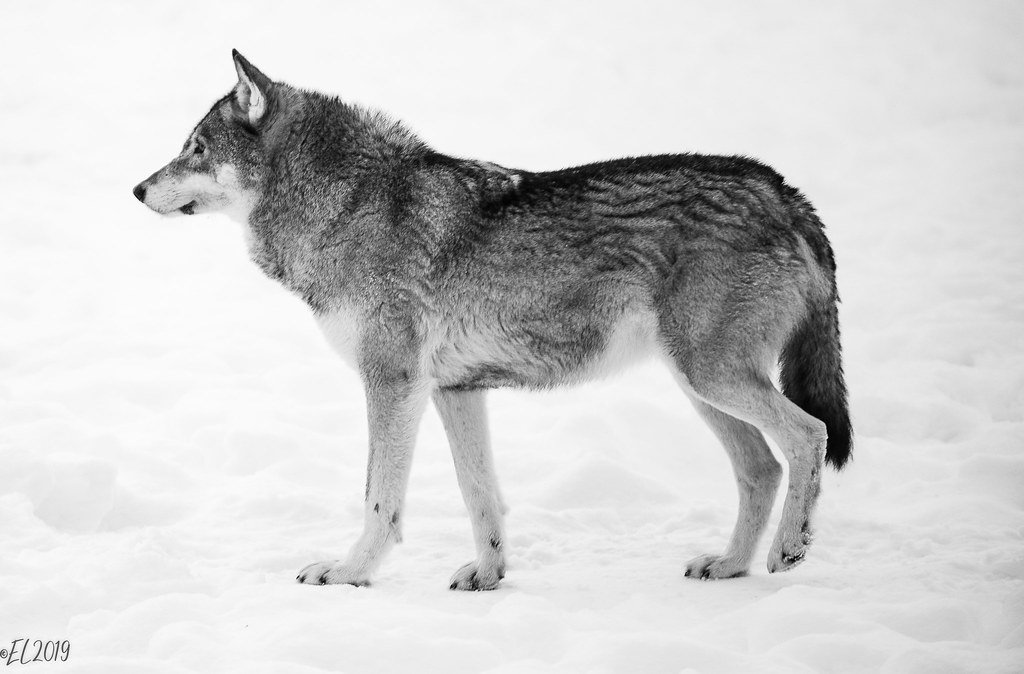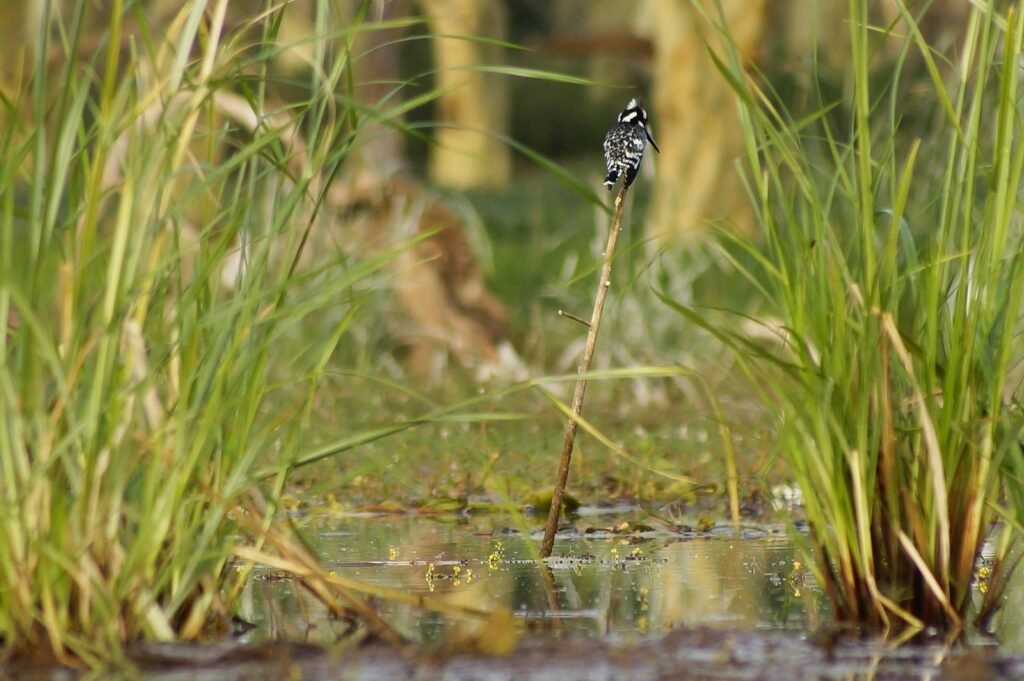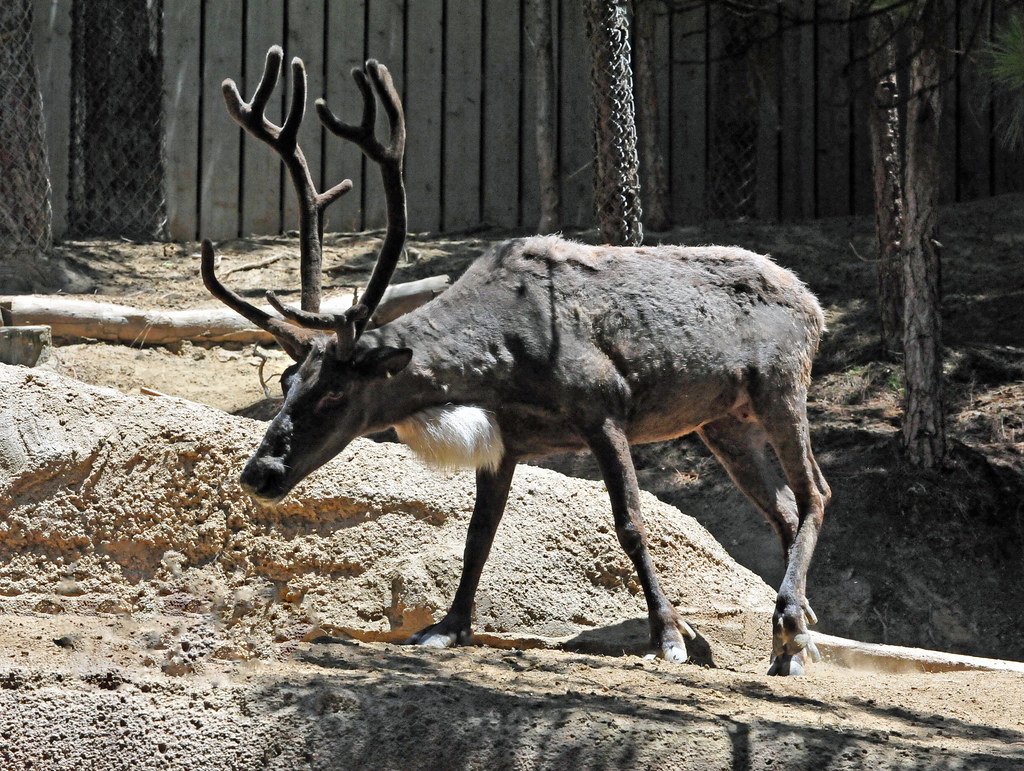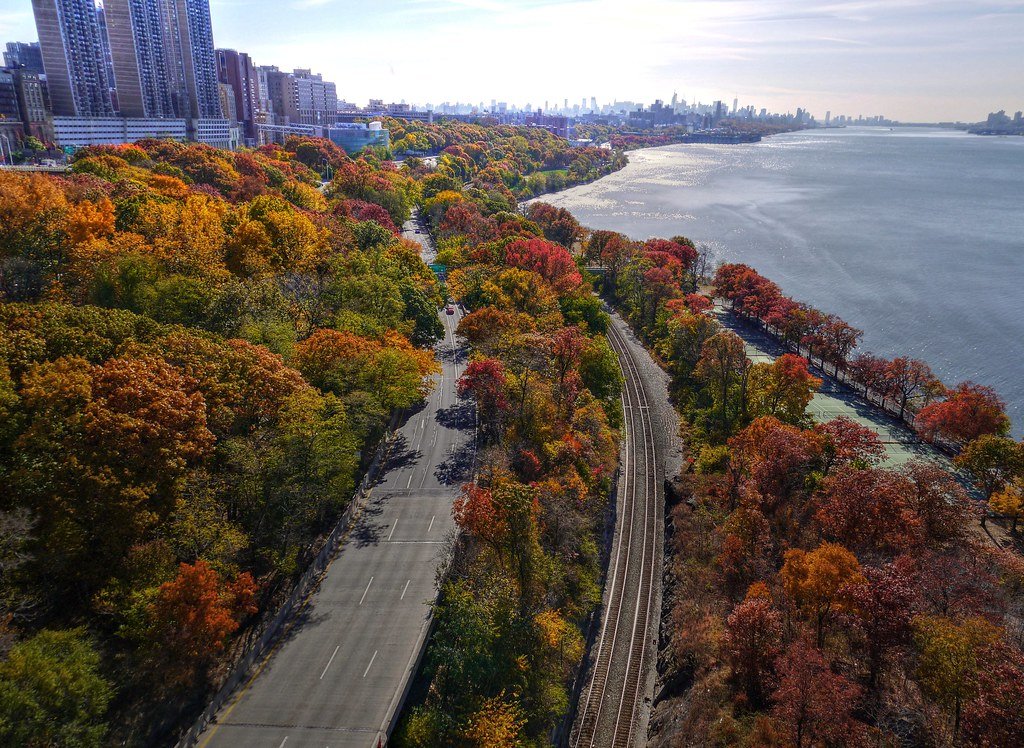Have you ever wandered through a place so raw, wild, and ancient that you can almost feel the heartbeat of the earth beneath your feet? Deep in Ontario, where the whisper of the wind carries secrets from centuries past and the hush of snow blankets the world in winter, there’s a park that stands as a living sanctuary. Here, moose wade through shimmering lakes at dawn, lynx prowl the shadowy undergrowth, and countless other creatures thrive in a landscape sculpted by ice, fire, and time. This isn’t just a park—it’s a living tapestry, woven through with stories of survival, adaptation, and wonder. Step inside this boreal refuge, and you’ll discover why it’s more than just a patch of green on a map; it’s a beating heart of Canada’s wild north.
The Heart of the Boreal: Defining a Unique Wilderness

Ontario’s boreal parks are more than just forests—they are immense, interconnected ecosystems pulsing with life. The boreal forest, stretching from Newfoundland to Yukon, is one of the world’s largest land biomes. Here, black spruce, jack pine, and trembling aspen dominate the skyline, creating a dense canopy that shelters a mosaic of wetlands, bogs, and rivers. Unlike southern forests, the boreal is shaped by harsh winters and brief, brilliant summers. Its soils are often thin, and the growing season is fleeting, which makes every living thing here a master of survival. The park stands as a microcosm of this vast wilderness, offering sanctuary to species that depend on its intact, undisturbed habitat.
Moose Majesty: Icons of the Northern Wild

Few sights capture the spirit of Ontario’s boreal refuge like a moose lumbering through the shallows at dawn, steam rising from its nostrils in the chilly air. Moose are the largest members of the deer family and are perfectly adapted to life in the boreal. With long legs for wading through wetlands and a diet built on woody browse, these gentle giants thrive where others might struggle. In spring and summer, you might spot a mother and calf quietly feeding on aquatic plants, using their remarkable sense of smell to detect predators or danger. Watching a bull moose in rut, antlers wide like a crown, is a reminder of the wild drama playing out here every season.
Lynx: The Elusive Ghosts of the Forest

There’s a thrill in knowing you’re sharing space with the Canada lynx—even if you never see one. These secretive cats are built for stealth, with oversized paws that act like natural snowshoes and ear tufts that give them a perpetually alert look. In the silent, snowy woods, the lynx hunts its favorite prey: the snowshoe hare, whose population cycles dramatically influence the feline’s fate. A healthy boreal park is a haven for lynx, offering thick cover and plentiful prey. The lynx’s presence here is a sign that the ecosystem retains its wild balance, where predator and prey have danced for millennia.
Wolves: The Park’s Wily Stewards

Wolves roam the heart of Ontario’s boreal parks, their howls echoing through the dusk like ancient songs. These apex predators play a critical role by keeping moose, deer, and beaver populations in check, which in turn helps maintain the health of forests and wetlands. Packs are intricate family units, led by an alpha pair and bound by strong social ties. On a cold winter night, hearing a chorus of wolf calls can send shivers down your spine—a primal reminder that you are in a place where nature, not humanity, still sets the rules. Wolves help shape the park’s ecosystem from the top down, acting as both guardians and regulators.
Beavers: Nature’s Tireless Engineers

If you stumble upon a shimmering pond or a flooded meadow, there’s a good chance beavers are behind the scene. These industrious rodents sculpt the landscape by felling trees and building dams, creating wetlands that nourish countless species. Beaver ponds slow water flow, filter sediment, and provide habitat for everything from dragonflies to moose. Their engineering marvels reshape local hydrology, often turning forested areas into rich aquatic habitats. A single beaver family’s hard work can transform a quiet creek into a bustling hub of biodiversity. Their presence is a testament to resilience and ingenuity in the boreal wild.
Birdsong and Silence: Avian Life in the Boreal Refuge

The park’s skies and forests pulse with the vibrant energy of birds, from the haunting calls of loons echoing across glassy lakes to the flurry of warblers feeding in the treetops. During spring migration, songbirds arrive in astonishing numbers, taking advantage of the explosion of insects and berries. The park is also home to raptors like the northern goshawk and the majestic bald eagle, each playing a role in the food web. In winter, hardy residents like the Canada jay and boreal chickadee tough it out in subzero temperatures, their resilience a marvel of adaptation. Each season brings its own chorus, from the dawn trills of thrushes to the quiet hush of a snowy evening.
The Secret Life of Wetlands

Wetlands are the beating heart of this Ontario park, supporting a dizzying diversity of life. These soggy, mysterious places act as nurseries for amphibians, breeding grounds for waterfowl, and feeding stops for migrating birds. Frogs and salamanders thrive in the pools and marshes, while dragonflies zip over the water’s surface in wild aerial dances. Wetlands also act as natural filters, cleaning the water that flows into rivers and lakes. Their soft, spongy soils store carbon, helping to fight climate change. These habitats may look quiet, but beneath the surface, they are alive with activity and renewal.
Bears: Masters of Adaptation

Black bears are the largest mammals regularly seen in the park, and their presence is a thrilling reminder that this is true wilderness. These omnivores are masters of adaptation, switching their diets from early spring greens to summer berries and autumn nuts. In late summer, bears are driven by “hyperphagia”—an insatiable hunger as they prepare for winter hibernation. Every overturned log or scratched tree tells a story of a bear searching for food. Although generally shy, bears can be curious, and their intelligence is legendary. Their ability to thrive in the boreal is a testament to the richness of the landscape and the abundance of natural food sources.
Fires, Floods, and Renewal: The Role of Natural Disturbance

Fire is not the enemy in the boreal; it’s a creative force that shapes the land. Periodic wildfires clear out old growth, recycle nutrients, and trigger the regrowth of plants adapted to flames. Jack pine cones, for example, only open to release seeds after being exposed to intense heat. Floods and storms also play their role, reshaping waterways and creating new habitats. The landscape is in constant flux, and its resilience lies in this cycle of destruction and renewal. By letting natural processes unfold, the park preserves the wild dynamism that has sustained life here for thousands of years.
Caribou: Shadows on the Tundra’s Edge

Caribou, also known as reindeer, haunt the quieter, more remote parts of the boreal park. These shy, enigmatic animals are perfectly adapted to life in the northern forests, relying on lichens and mosses during the harsh winter months. Caribou migrations are a haunting spectacle, with herds moving in near silence through snow-laden woods. Their survival depends on vast, undisturbed forests—a reminder of how crucial this refuge is for their future. Sadly, caribou face mounting threats from habitat fragmentation and climate change, making their presence in the park all the more precious and poignant.
Amphibians and Reptiles: The Little-Known Inhabitants

While moose and wolves steal the spotlight, the park’s quieter residents, like frogs, salamanders, and snakes, play vital ecological roles. The wood frog, famous for surviving being frozen solid in winter, emerges each spring to fill the air with its duck-like calls. Salamanders hide under logs and leaves, helping to break down forest litter and recycle nutrients. Even the elusive northern redbelly snake, barely longer than your hand, has a place in the web of life. These small creatures are indicators of environmental health, thriving only when water and soil are clean and undisturbed.
Insect Life: The Buzz of Biodiversity

From the moment snow melts, the park comes alive with insects. Mosquitoes and blackflies may test the patience of visitors, but they’re a crucial food source for birds, bats, and fish. Dragonflies, with their jewel-toned bodies and aerial prowess, patrol wetlands for prey. In late summer, luminous fireflies transform the dusk into a twinkling wonderland. The sheer abundance and diversity of insects in the park support countless food webs, making them the unsung heroes of the boreal ecosystem.
Ancient Trees and the Story of Time

Walking among the gnarled trunks and dense thickets, you sense the age of this place. Black spruce and white cedar, their roots tangled in centuries’ worth of moss and peat, are living records of the land’s history. Tree rings reveal cycles of drought and fire, while fallen logs slowly return their nutrients to the soil. These ancient forests are not static—they are always changing, growing, and adapting. Protecting them means safeguarding an irreplaceable archive of the boreal’s past and future.
Seasonal Spectacles: Nature’s Changing Canvas

Each season paints the park in its own colors and rhythms. In spring, the explosion of wildflowers and new leaves signals a rush of life. Summer brings long days, buzzing insects, and the chorus of frogs. Autumn transforms the canopy into a riot of gold and crimson, while winter wraps the world in silence and snow. Animals respond with migrations, hibernations, and dramatic changes in behavior. Visiting in different seasons reveals new secrets and stories, each as captivating as the last.
The Human Connection: Indigenous Stewardship

Long before park boundaries were drawn, Indigenous peoples lived, hunted, and cared for this land. Their knowledge of the plants, animals, and rhythms of the boreal is rooted in generations of observation and respect. Traditional practices—such as controlled burns or sustainable harvesting—have shaped the landscape in profound ways. Today, park management increasingly includes Indigenous voices, recognizing the wisdom and stewardship that have kept these lands wild. The park is not just a refuge for animals, but a living tapestry of human history and culture.
Rare Plants and Hidden Gems

Beneath the towering trees, a microcosm of rare and beautiful plants thrives. Orchids, carnivorous pitcher plants, and delicate mosses blanket the forest floor and wetland edges. Some of these species are found nowhere else in Ontario, their survival tied to the unique conditions of the boreal. Botanists and nature lovers alike are drawn to the park’s hidden corners, where a single square meter can hold a miniature jungle of life. Protecting these rare plants means preserving the subtle, often overlooked diversity that makes the park so special.
Fish and Freshwater: The Lifeblood of the Park

Crystal-clear lakes and meandering rivers slice through the park, supporting thriving populations of fish like lake trout, walleye, and northern pike. These waters are more than just scenic—they’re vital habitats for countless species, from otters to osprey. In spring, spawning fish draw hungry bears and eagles, while in winter, ice-covered lakes offer refuge for mammals and birds. Clean, cold water is the lifeblood of the boreal, connecting every part of the ecosystem in an endless cycle.
Climate Change: Challenges and Hopes for the Future

The boreal park faces mounting challenges from a warming world. Shorter, milder winters, more intense storms, and shifting species ranges threaten the delicate balance of life. Scientists are studying how these changes ripple through the food web, from insects to moose. Yet the park’s resilience offers hope. By keeping large areas wild and undisturbed, the park acts as a buffer against climate change, giving species space and time to adapt. Visitors, scientists, and communities are coming together to protect this refuge for future generations.
Visitors and the Call of the Wild

There’s something transformative about stepping into this park. Whether you’re paddling a silent lake, hiking through spruce-scented woods, or simply listening to the distant call of a loon, you feel a connection to something ancient and vast. The park invites visitors to slow down, open their senses, and rediscover the awe of the natural world. Responsible tourism—leaving no trace, respecting wildlife, and supporting conservation—ensures that this boreal haven remains a refuge for all.
Why This Park Matters: A Call to Wonder and Action

This Ontario park is more than just a protected patch of wilderness. It’s a living laboratory, a sanctuary for rare and iconic wildlife, a treasure trove of plants and stories, and a testament to the resilience of nature. Every moose sighting, every lynx track in the snow, and every ripple on a beaver pond is a reminder of what’s at stake. In a world hungry for wild places, this boreal refuge stands as proof that wonder, beauty, and wildness are still within reach. Will you answer the call to protect it?




